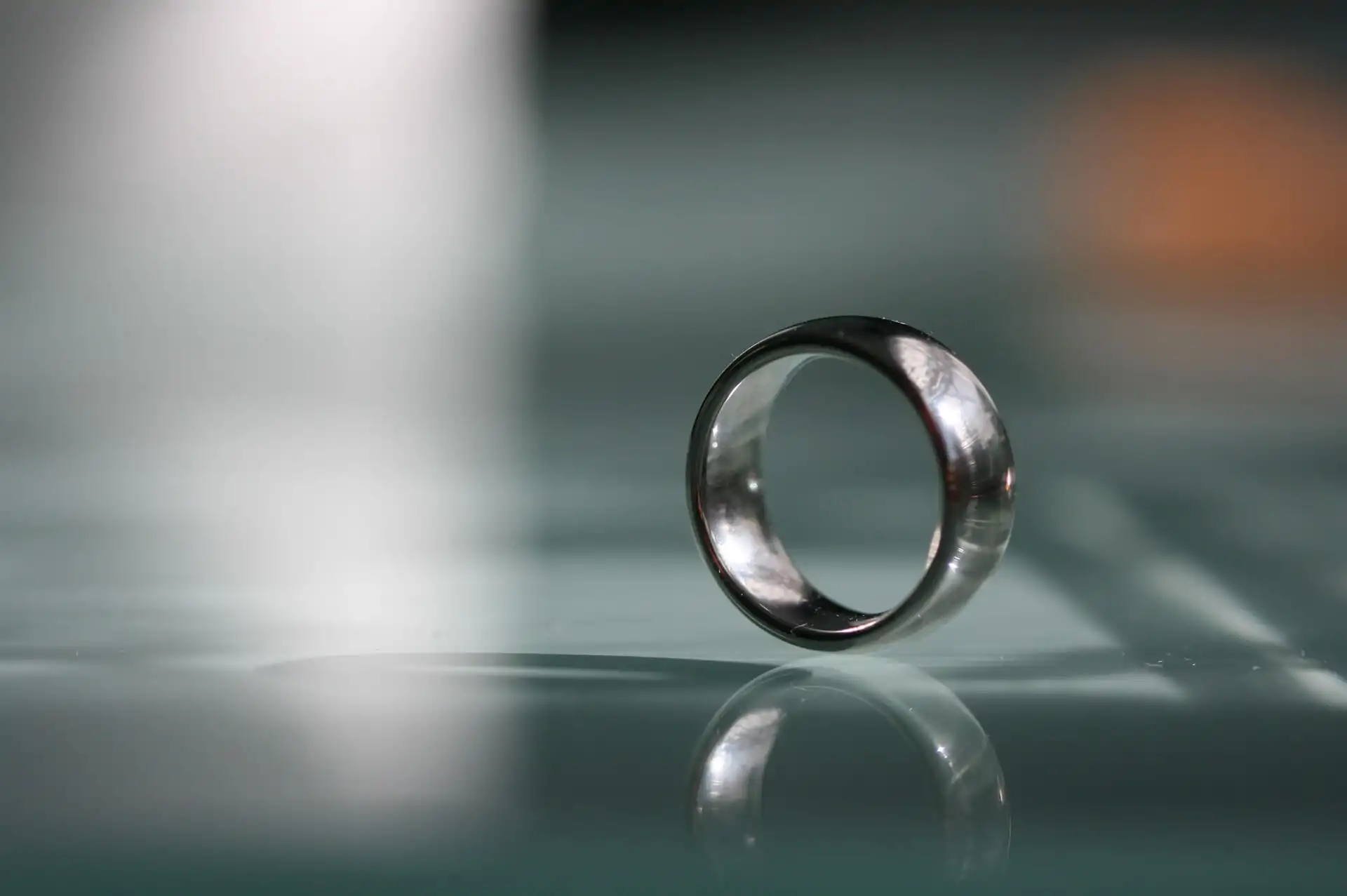
Table of Contents
Platinum and silver are two of the most commonly used precious metals in jewelry. At first glance, they are both similar in appearance, but that is where their similarities end as these two metals are very different.
If you are after a silver-colored metal, but aren’t quite sure which to choose, keep reading as we compare and contrast platinum and silver. Both these metals have their distinct advantages but which you choose depends on your purpose for the metal. Here are the pros and cons of platinum vs silver.
Platinum vs. Silver – What Are They?
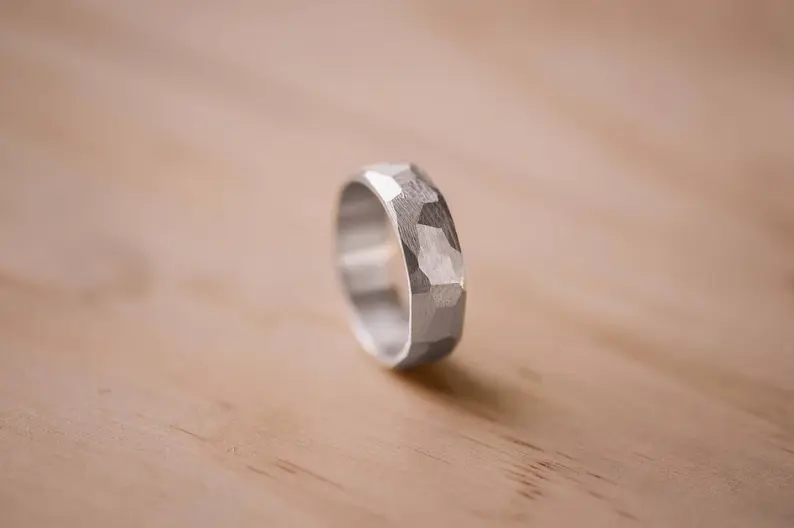
Both platinum and silver have been used since ancient times, dating back to over 3000 BC. Platinum is a rare metal and does not corrode, discolor or fade with time. Today most platinum is produced in South Africa, with the global annual output of platinum being one 100 times less than that of silver.
Although it is more common, silver may have been valued more than gold in some parts of the world and was even used as currency.
Both platinum and silver used in jewelry are not 100% pure. Instead, they are mixed with other metals to enhance their workability and strength.
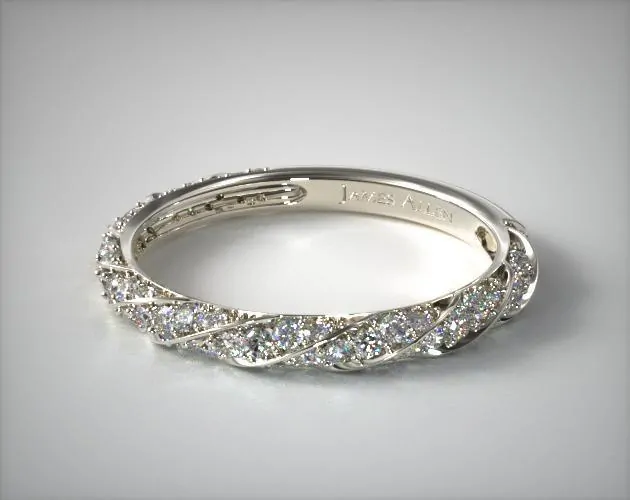
Silver in its pure stage is extremely soft and pliable and as a result it is commonly alloyed with metals such as copper, nickel or zinc. This adds durability and luster to silver. Alloys containing 92.5% silver is known as sterling silver and is the most commonly used. Fine silver, or 99.9% pure silver, is used in jewelry making but is very soft and not ideal for items such as rings.
Platinum is generally combined with copper, palladium, cobalt, iridium and ruthenium. Most platinum alloys purity levels range between 85 and 95 percent, and alloys with less than 80% purity is not considered platinum.
Platinum vs. Silver – Durability and Care
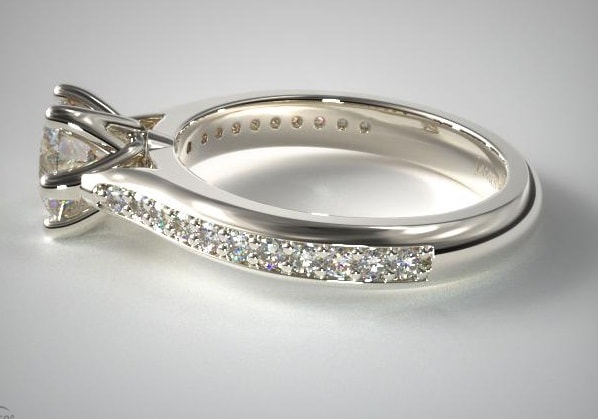
Platinum is one of the strongest metals that is used for jewelry and has a very high melting point. It is a popular choice for engagement ring settings as its strength offers added security and protection for valuable gemstones.
Platinum does not wear down with time and this reduces the risk of a gemstone falling out. However, while it doesn’t tarnish or corrode, smooth platinum jewelry can develop a matte texture and appearance, known as patina. A professional polish every so often will ensure that the item is kept lustrous and shiny.
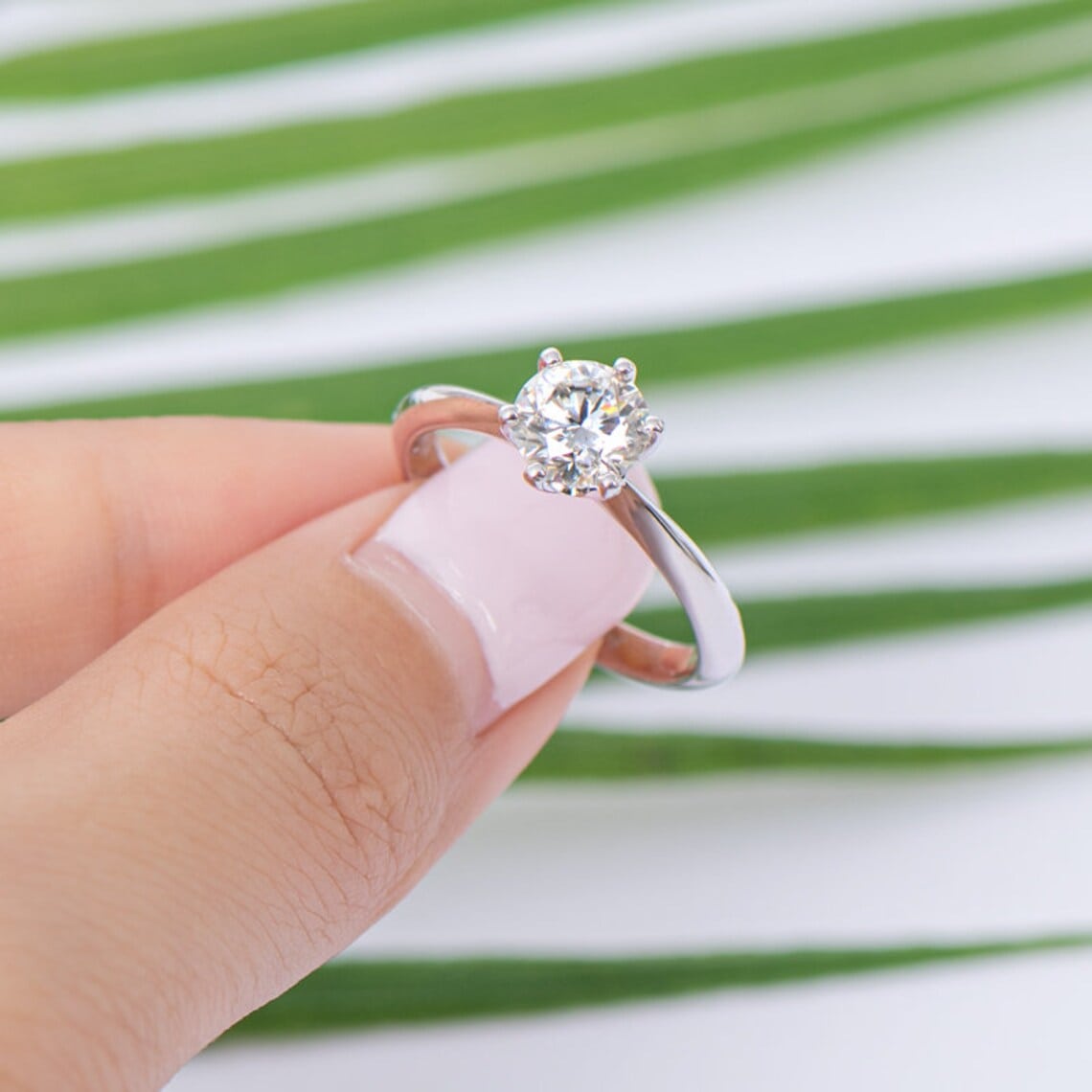
Silver, on the other hand, is much less durable. Over time, silver jewelry can lose shape and wear thin. In addition to that, sterling silver is prone to tarnishing and turns dark with exposure to moisture and pollutants. Regular cleaning is required to keep silver shining.
With reasonable care, silver jewelry can last for decades, and bringing back a tarnished silver piece to its original brilliance fairly easy. But from the two metals, platinum is much easier to maintain and keep lustrous.
Platinum vs. Silver – Value
Platinum price has fluctuated significantly in recent years. For a long time, it was the most valuable of the precious metals, because of its rarity, higher levels of purity when used in jewelry, and the complex level of expertise and tools required when crafting jewelry from platinum.
Silver, on the other hand, is the most affordable of the precious metals. This makes it ideal for costume jewelry and larger statement pieces.
Platinum vs. Silver – Skin Sensitivities
Both platinum and silver are hypoallergenic and can be worn by people who have metal allergies and skin sensitivities. However, sometimes the metals in silver alloys, such as nickel or zinc, can cause skin irritations. If this is a concern, it’s best to check what metals the alloys contain prior to purchasing.
Wrapping Up
Clearly, both platinum and silver have their pros and cons. The main benefit of silver is its affordability but durability and tarnishing are some causes for concern.
To help you decide which metal to choose, consider the purpose of the metal. If you are purchasing a piece of jewelry that you plan to wear every day, such as an engagement ring, it is worth investing in platinum.
For almost everything else, silver is a great choice. At the end of the day, your choice will depend on a trade-off between budget and durability.









